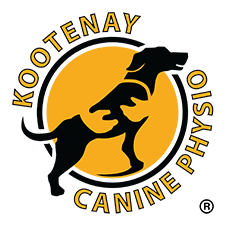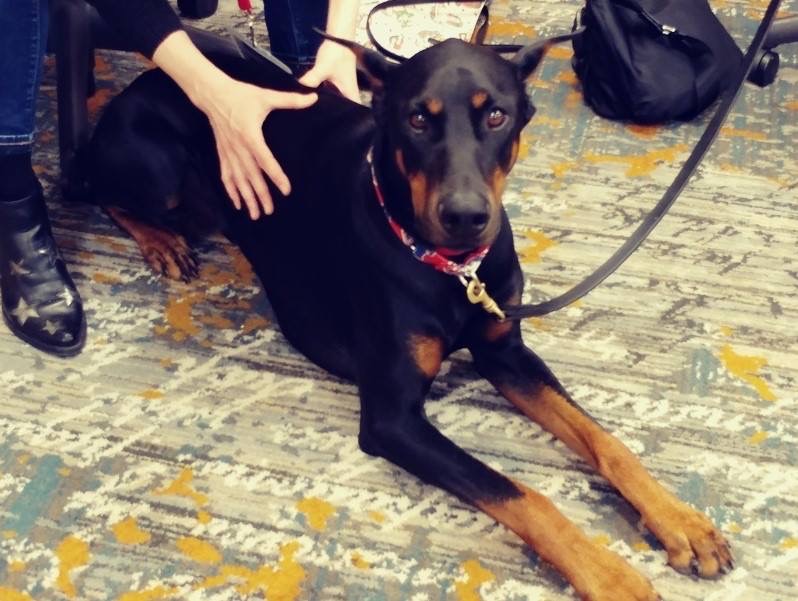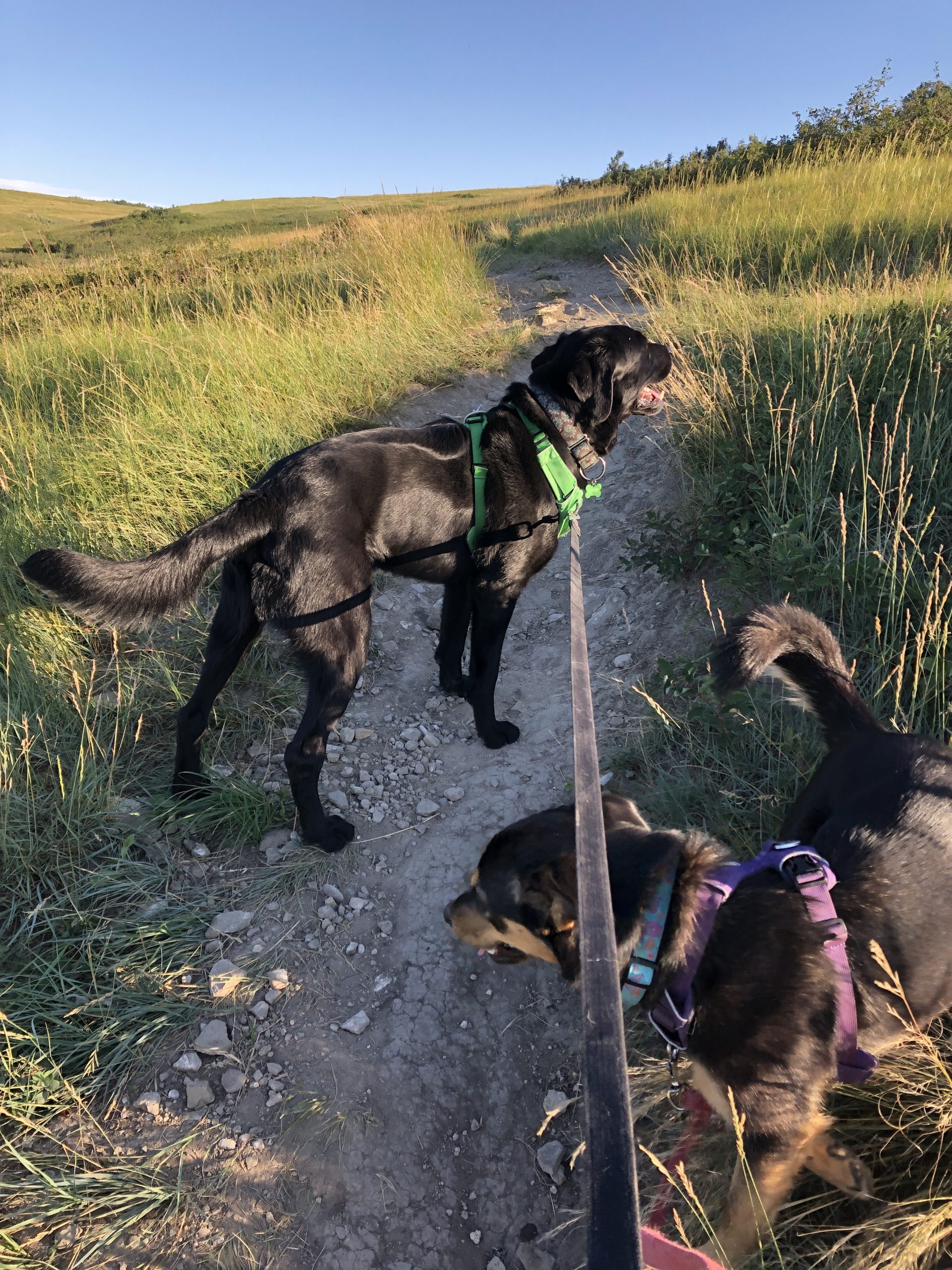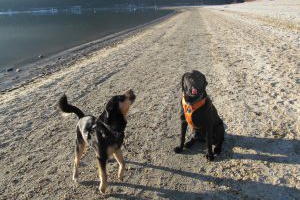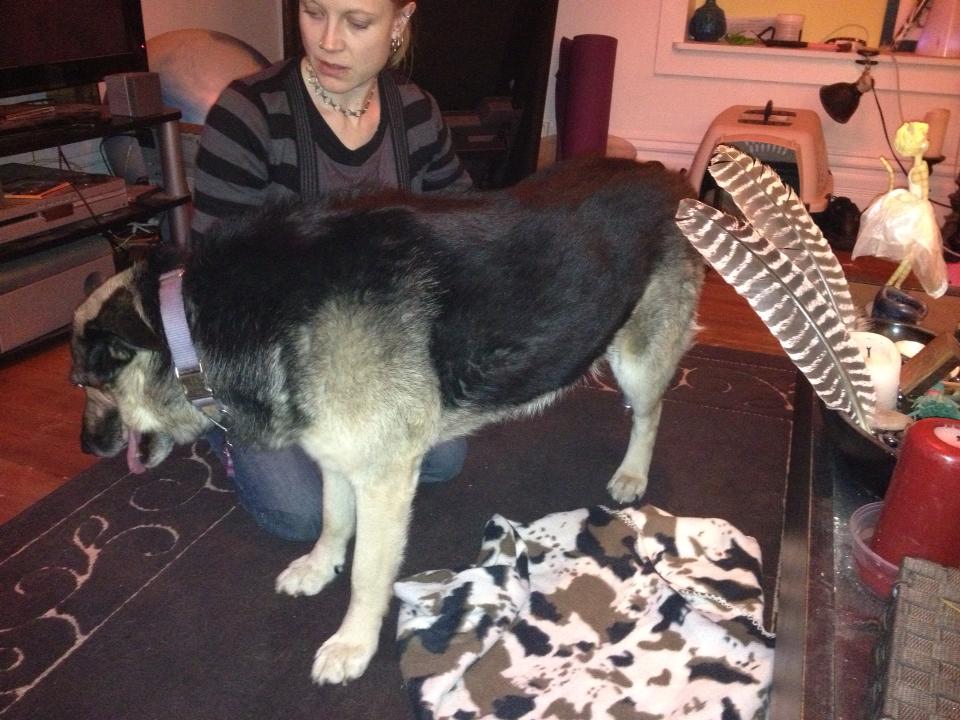
What is it?
We’ve all heard the term ‘arthritis’, but what exactly does it mean when your veterinarian tells you you’re dog may have, or has arthritis?
I find there is a lot of confusion around this word, so have decided to do a several part blog series to hopefully to change the stigma around the term ‘arthritis’.
In simple terms, arthritis is defined as ‘painful inflammation and stiffness in the joints’ (Oxford). There are several different types of arthritis, but the most common type is referred to as osteoarthritis.
Osteoarthritis occurs when the cartilage lining the end surfaces of bones within a joint starts to wear down. A joint is essentially where two bones come together. Cartilage is a tough, rubbery tissue that is softer than bone. It protects the ends of the bones within a joint and allows them to move smoothly against each other. When the cartilage wears, the surface where the bones glide past each other becomes rough and can cause pain. Over time, if left untreated osteoarthritis can affect the surrounding tissues and cause decreased range of motion, joint instability, and muscle weakness.
Unfortunately, the extent of wear and tear on the cartilage cannot be reversed. However, there are ways to slow the process of degeneration and and things that can be done to decrease pain and improve function. It is important to address osteoarthritis early.
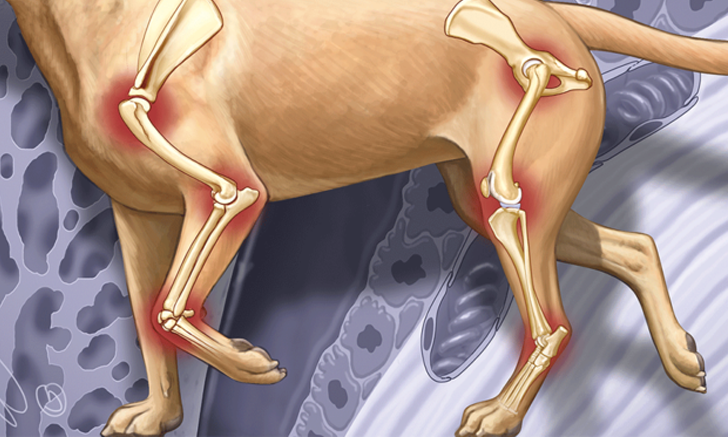
So, what are the signs of osteoarthritis and when should you seek treatment?
- reluctance to play or walk, or wanting to end walk times sooner
- stiffness when rising after periods of activity followed by rest
- appearing more tired than usual or less energetic
- changes in behaviour
- reluctance to jump out of vehicles or onto couches, etc.
- pain with petting or touching
- loss of muscle mass through the limbs or spine
- ‘walking’ while squatting to defecate
A good rule of thumb is, if you suspect your dog is showing signs of discomfort, he or she is in some pain and you should seek treatment.
Next week we’ll continue our focus on Osteoarthritis and I will begin to outline what treatment options are available for your pet. Until then, if you have any questions relating to osteoarthritis and your pet, or any other physiotherapy related questions, please contact us!
